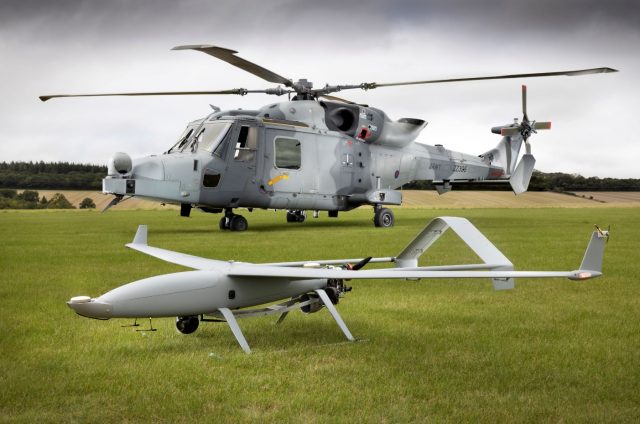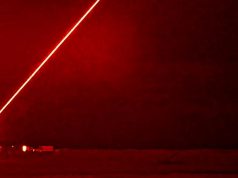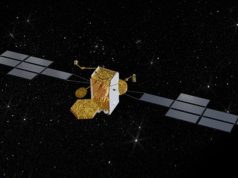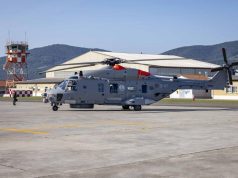Italian defense contractor Leonardo announced it has demonstrated a manned-unmanned teaming (MUMT) concept during a recent trial hosted by the UK defense ministry.
The company said it used an AW159 Wildcat helicopter and a semi-autonomous UAV from Callen-Lenz Associates during the event in September this year.
As explained, the MUMT is when a helicopter crew controls a UAV from the helicopter like it was an onboard sensor being controlled from the cockpit. By integrating control of the UAV into the Wildcat mission system, Leonardo was able to minimize the pilots’ workload allowing them to focus more on the mission whilst simultaneously controlling the UAV. A ‘Gateway Processor’ supplied by Callen-Lenz Associates was used to interface with its semi-autonomous UAV.
The Leonardo solution allows the Wildcat crew to control both the flight path and payload of the UAV (a capability known as Level of Interoperability (LOI) 4) using an efficient and effective task based Human Machine Interface (HMI), rather than the more operator intensive approaches employed on other systems.
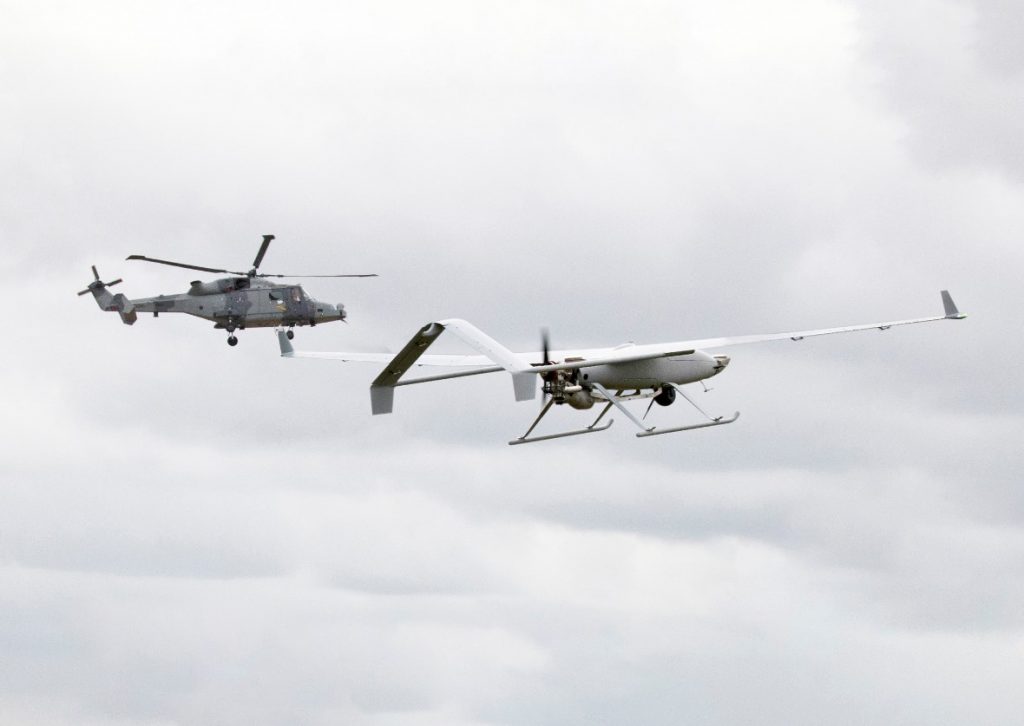
Teaming of manned aircraft with unmanned air systems enhances air support capability and enables extended and complex operations to be conducted with a mix of platforms and systems.
The demonstration was part of the British Army’s MUMT themed Army Warfighting Experiment (AWE) 19, and was planned and executed by Dstl and took place on Salisbury Plain. These trials build on simulation based development conducted under the Dstl funded AMS DE-RISC program. This successful demonstration is now expected to inform the MUMT capability roadmap for both the UK MoD and Leonardo.
“Leonardo and Callen-Lenz have delivered a fantastic demonstration of the integration of a UAV control station into the mission management system of the Wildcat helicopter,” Bryan Finlay, technical partner at Defence Science and Technology Laboratory (Dstl), stated.
“The clever design of the human machine interface means that cockpit workload is well managed and the demonstration has successfully de-risked that technology. This is a key step towards realizing an effective operational MUMT capability.”

















